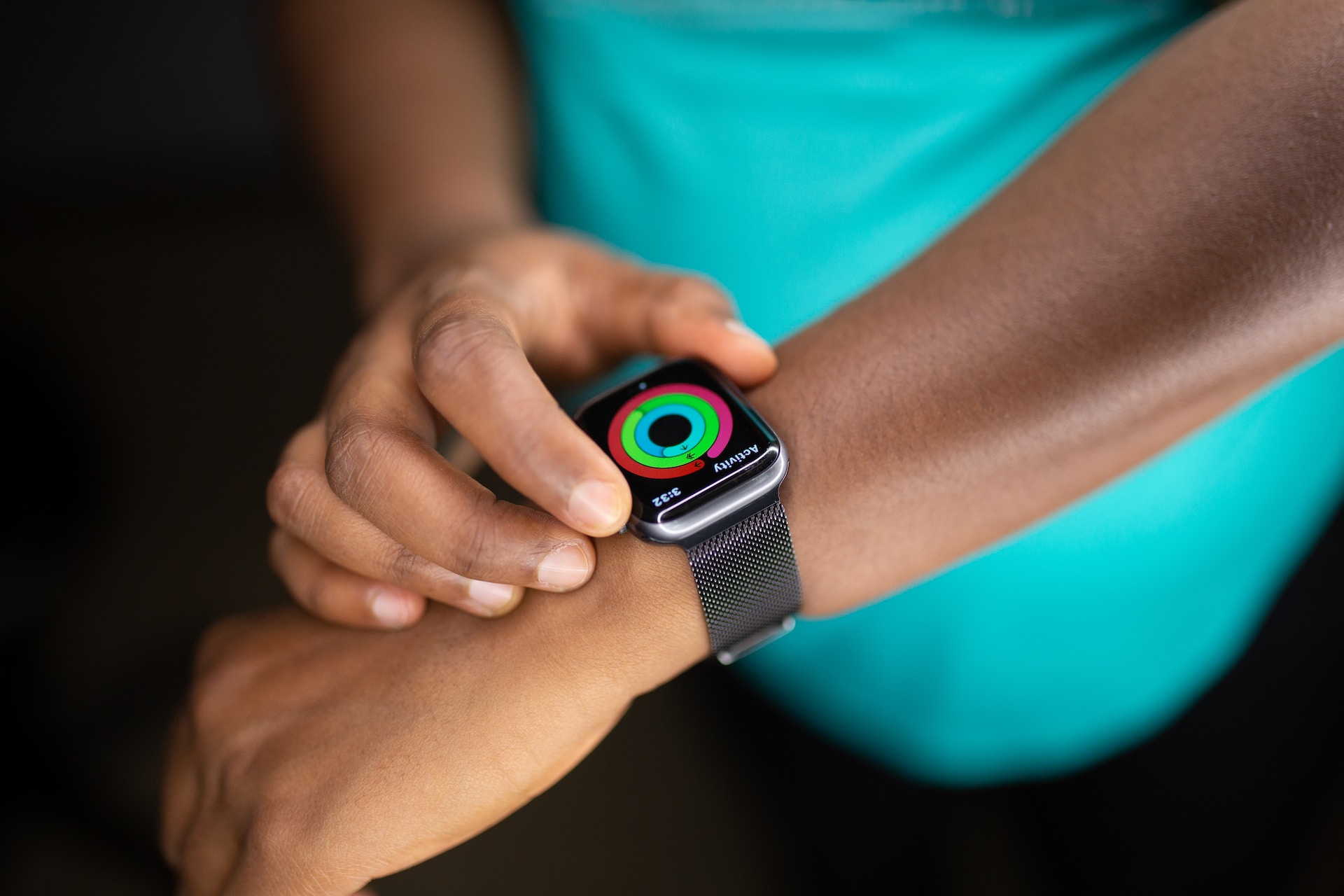Wearable technology is not a new concept, but it is constantly evolving and improving. Wearable devices are gadgets that can be worn on the body, such as smartwatches, fitness trackers, smart glasses, earbuds, and more. They can provide various functions, such as monitoring health, fitness, and wellness, enhancing communication, entertainment, and productivity, or augmenting reality.
According to some reports, the global wearable technology market size was valued at USD 32.63 billion in 2019 and is expected to grow at a compound annual growth rate (CAGR) of 15.9% from 2020 to 2027. The main drivers of this growth are the increasing adoption of smartphones, the rising popularity of the Internet of Things (IoT), the growing awareness of health and wellness, and the advancement of technologies such as artificial intelligence (AI), machine learning (ML), and cloud computing.
Some of the trends that are shaping the future of wearable technology are:
Personalization
Wearable devices are becoming more personalized and customized to suit the preferences and needs of the users. For example, some smartwatches can detect the user’s mood, stress level, and heart rate, and provide personalized feedback and suggestions. Some wearable devices can also be customized with different colors, designs, and accessories.
Integration
Wearable devices are becoming more integrated with other devices and platforms, such as smartphones, laptops, tablets, smart speakers, smart TVs, and cars. This allows users to access and control their devices seamlessly and conveniently. For example, some smart glasses can project information from the smartphone onto the lens, such as navigation, notifications, and calls.
Innovation
Wearable devices are becoming more innovative and creative, offering new features and functions that were not possible before. For example, some wearable devices can use biometric sensors to measure blood pressure, blood oxygen level, glucose level, and body temperature. Some wearable devices can also use brain-computer interfaces (BCIs) to read brain signals and control devices with thoughts.
Ethical
Wearable devices are becoming more ethical and responsible, addressing some of the challenges and concerns that arise from their use. For example, some wearable devices can protect the user’s privacy and data security by using encryption, authentication, and consent mechanisms. Some wearable devices can also promote social good by supporting causes such as environmental sustainability, social justice, and humanitarian aid.
Wrapping Up
The future of wearable technology is bright and promising, as it can offer many benefits to users in various aspects of their lives. However, it also poses some challenges and risks that need to be considered and addressed. Therefore, users should be aware of the advantages and disadvantages of wearable technology, and use it wisely and responsibly.



